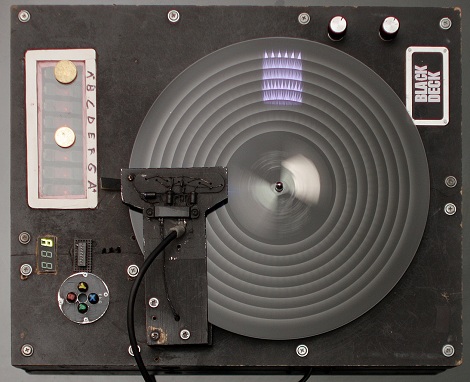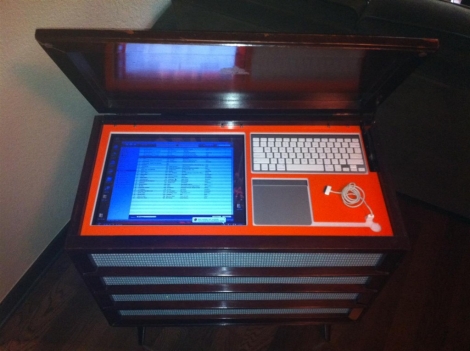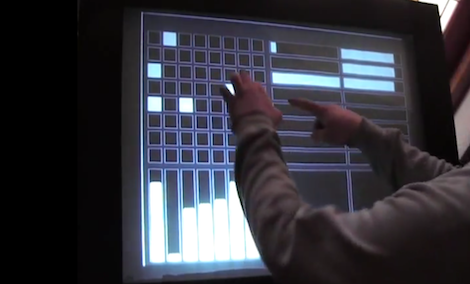
[magnetovore] made himself an electronic cello. Instead of pulling a few cello samples off of an SD card, he did it the old school analog way. The finished build is really impressive and leaves us wondering why we haven’t seen anything like this before.
[magnetovore] uses a permanent magnet to play each ‘string’. A lot of details are in this post and [magnetovore]’s provisional patent (PDF warning). From what we can gather, each string is a resistive ribbon sensor connected to a voltage controlled oscillator. The output of the VCO is sent to a variable gain amplifier that is controlled by a coil of wire and the magnetic ‘bow’.
From the video (after the break), [magnetovore] already has an amazing reproduction of the cello sound. It’s a bit electronic on the lowest parts of the C string, but with a little bit of processing it could definitely pass for an acoustic instrument. We’re left wondering why we haven’t seen anything like this cello before. VCOs and VGAs were the bread and butter of the old Moogs and even the ancient ondes martenot. Ribbon controllers were being attached to electronic instruments back in the 50’s, so we’re really at a loss on why a magnetic cello is new to us. If any Hack A Day readers have seen anything like this before, leave a message in the comments.
Continue reading “Why Wasn’t This Magnetic Cello Made In The 70’s?”
















